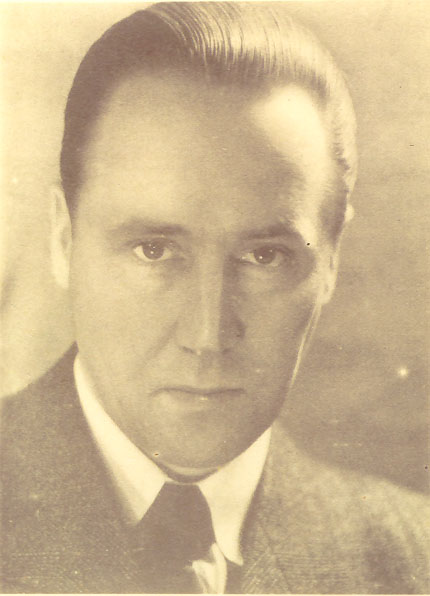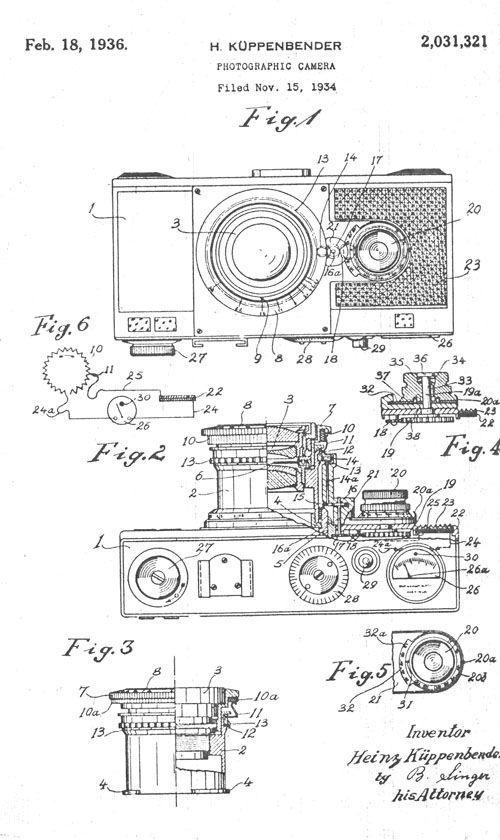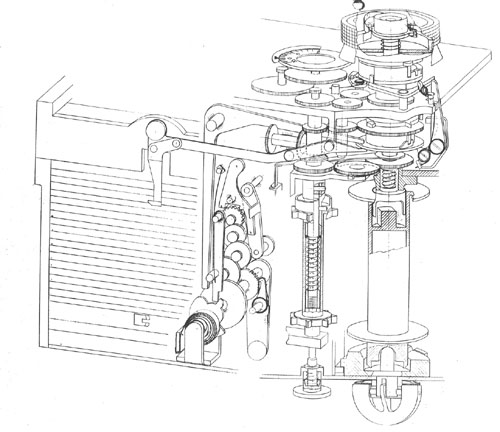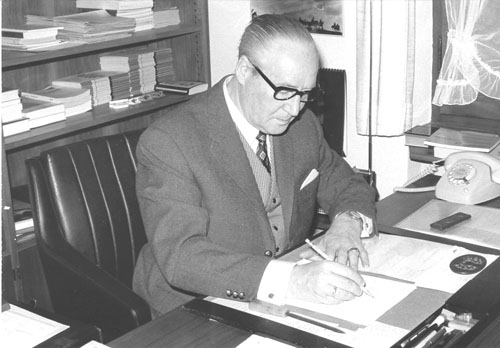Dr.
Heinz Küppenbender
1901-1989
 |
Dr. Küppenbender joined Carl Zeiss as a member
of the scientific staff immediately after studying machine construction
at the Aachen Institute of Technology in 1927. He had been the First Scientific
Assistant to Professor Bonin who had been a school friend of Professor
Bauersfeld, a member of the Zeiss board of management. He worked in many
different Carl Zeiss departments within a very short time span to familiarize
himself with the firm and the field of optics and by hands on work in
the assembling of rangefinders and the manufacture of microscopes and
observatories. He received his doctorate in Engineering in 1929 from the
Stuttgart Institute of Technology with a dissertation on the principles
and their realization in the construction of rotary disk shutters. This
new technology revolutionized aerial photography and enabled Zeiss to
merge its technology with the leading company of that time, Aerotopograph
GmbH. He worked in Jena with regard to his dissertation for his first
two years with the firm and his work was so brilliant that he was quickly
moved to the new operation, Zeiss Ikon in Dresden in 1929 as the chief
designer. He worked under the management of Emanuel Goldberg and was assigned
the leadership of the camera design departments.
This picture is from his time at Zeiss Ikon in the 1930s.
|
His first assignment was to trim out the redundant cameras of the predecessor
companies and produce the first Zeiss Ikon catalog. He was responsible for the
acquisition of new design staff, the direction of designs and personally devised
many of the technical elements of these designs.
He put together a department that stood well on its own because in 1932, Goldberg
was removed from his position by the Nazi party and Küppenbender was chosen
to head the board of management for Zeiss Ikon. He successfully fostered the
growth of many lines of cameras into many directions and other business products.
In 1941, he was called on to be a member of the board of management for the
parent company, Carl Zeiss and a deputy representative of the Carl Zeiss Stiftung,
due to the death of August Kotthaus in an auto accident. He continued the tradition
of Dr. Kotthaus and kept the company stable under the constant onslaught of
the Nazi's who were looking for any opportunity to nationalize the firm but
who knew that they needed to keep the supply of Zeiss products so critical to
their plans and as a result backed off when resisted and did not make any truly
overt moves for control.
His main responsibilities were in the areas of production and due to this he
served a great number of government committees as a part of his job. During
the war, he was very quietly acting as the opposition for the Nazi party in
Thuringia although he had to become a member of the Nazi Party to keep better
control of the firm. He did much to shield and protect his Jewish and other
oppressed employees. Unfortunately, Wandersleb, Schrade, Boegehold and others
had problems maintaining their work status due to Nazi intervention. Even Otto
Eppenstein who was Protestant was kept out of the plant due to his Jewish surname.
Küppenbender is credited with saving as many as 3,000 people from deportation
to work camps.
In 1945, he was the key person taken to Heidenheim by the American Army. The
technical wizardry of Küppenbender and his scientists and technicians brought
the crippled Zeiss and Schott firms back to the industrial prominence that it
had gained under the hands of Ernst Abbe and Carl Zeiss. He piloted Carl Zeiss
parent firm until his retirement in 1972 after 45 years of service when he was
71 years old. He has been quoted many times that the happiest years of his career
were spent at Zeiss Ikon. It was his sad duty to close the firm as one of his
final managerial acts when its continued financial losses were too great to
continue.
Illustration no. 1: One of the drawings of a Contax patent application
 |
This is
a drawing of the Contax camera. The early patents credited not only
Heinz Küppenbender but also Emanuel Goldberg, Martin Nowicki and
Arthur Mende. Goldberg was the Managing Director of the Zeiss Ikon firm,
Nowicki was the head of the design departments and Mende was the project
leader among the designers.
The interesting
feature is t hat it is clearly the form of a Contax I but it shows a
built-in light meter some time before Zeiss Ikon broke this ground within
a camera with the Contaflex Twin Lens camera and later with the Contax
III and Super Ikonta BX.
The Contax
was a break through camera with many new innovations and made the reputation
of the company. As a result, Zeiss Ikon developed a wide product line
and was able to sell many less expensive cameras across the buying public
and had a tremendous market share.
|
Illustration No. 2: This is a drawing of the vertical traveling metal focal
plane shutter for the Contax family of cameras.
 |
The Contax shutter, cocking mechanism and
film advance are, as you can see here, quite complex. The mechanism
worked flawlessly except for the tension exerted on the ribbons that
carried the shutter. The materials of the 1930s are not as reliable
as those of today. The brass elements of the shutter would be replaced
by lighter materials and could be carried by metallic arms as shutters
of today.
For the time, it was a tremendous advancement
full of many moving parts which made it more watch like than any other
camera of the era.
|
Illustration No. 3: A picture of Küppenbender in his retirement years
 |
Küppenbender
helped grew Zeiss Ikon into the role of the major player in the photographic
industry. The, he moved on to manage the parent firm of Carl Zeiss throughout
the troubled war years and bring the firm into West Germany and back from
the brink of extinction.
However, Zeiss
Ikon failed to bring a profit to the firm after 1954 and in 1972 after
years of subsidy from the parent, Zeiss Ikon's photographic production
was closed in 1972.i
|



